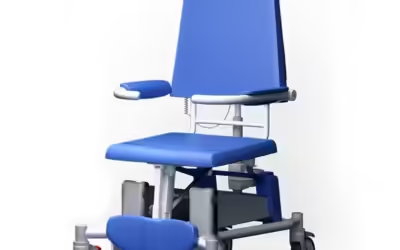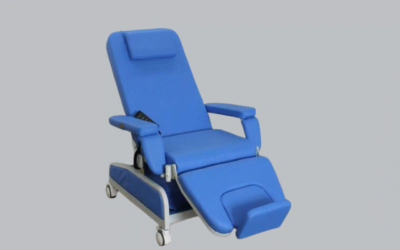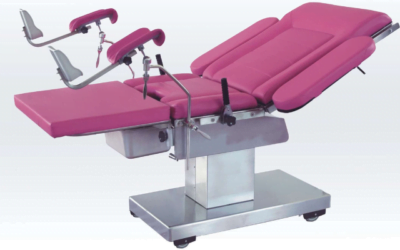Solutions
This page is a guide to understand the actuator meaning and how they can be used to improve performance and efficiency in industrial processes. We provide expert advice and creative solutions to help you enhance the performance of your machinery and equipment.
Electric Actuator in The Toilet Transport Wheelchair
Improve mobility and ease with electric actuators for toilet transport wheelchairs. Experience smooth, reliable adjustments for enhanced comfort and functionality. In the realm of accessibility and mobility aids, innovation knows no bounds. From state-of-the-art...
Exploring Rotary Electric Actuators: Types, Functions, and Applications
Electric actuators are essential components in various industries, automating tasks, and improving efficiency. They come in different shapes and sizes, each designed for specific applications. In this article, we will focus on a specific type of electric actuator -...
Electric Actuators in the Dialysis Chairs
The healthcare industry is constantly evolving, and one of the areas that have seen significant advancements is medical equipment. Dialysis, a critical treatment for individuals with kidney disorders, requires specialized chairs to provide patients with comfort and...
Electric Actuators in the Dental Chair: Enhancing Comfort
Electric actuators have revolutionized various industries by providing precise and efficient linear motion control solutions. One such application is in the realm of dental chairs, where electric actuators play a crucial role in ensuring patient comfort and enabling...
Electric Actuators in the Genecology Table cx
In recent years, the integration of advanced technologies in healthcare has significantly improved patient care and clinical outcomes. Among the various innovations, the utilization of electric actuators in gynecology tables stands out as a remarkable advancement....
Electric Actuators in the Patient Couch: Enhancing Comfort
In the realm of modern healthcare and patient care, technology plays a pivotal role in enhancing the quality of life and improving patient experience. One such technological marvel that contributes significantly to this cause is the electric actuator, especially in...
Frequently Asked Questions(FAQ)
What Applications are Linear Actuators commonly used in?
How can Linear Actuators be used in Robotics and Automation?
Are electric actuators energy-efficient?
Yes, electric actuators are generally energy-efficient due to the high efficiency of electric motors and the ability to control their movement accurately. They consume energy only when actively operating, and their power consumption can be optimized through proper control strategies, resulting in energy savings compared to other actuation technologies.
Are there any maintenance requirements for electric actuators?
Electric actuators generally require less maintenance compared to hydraulic or pneumatic actuators. However, routine inspections, lubrication of moving parts (if applicable), and periodic checks of electrical connections are recommended. It is also important to follow the manufacturer’s guidelines for specific maintenance requirements.
Can electric actuators be controlled remotely?
Yes, electric actuators can be controlled remotely using various methods. They can be operated using wired control signals, such as analog or digital inputs from a controller. Additionally, wireless control options, such as radio frequency or Bluetooth, can also be used for remote actuator control.
What factors should be considered when selecting an electric actuator?
When selecting an electric actuator, factors to consider include the required motion (linear or rotary), load capacity, speed and acceleration requirements, environmental conditions (such as temperature or hazardous areas), power supply availability, control options, and compatibility with the application and system.






